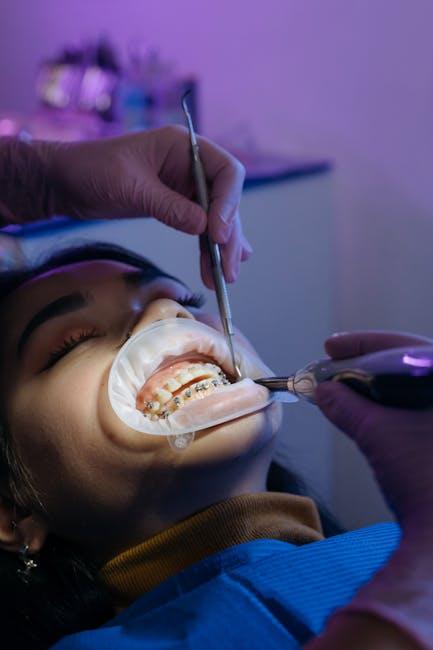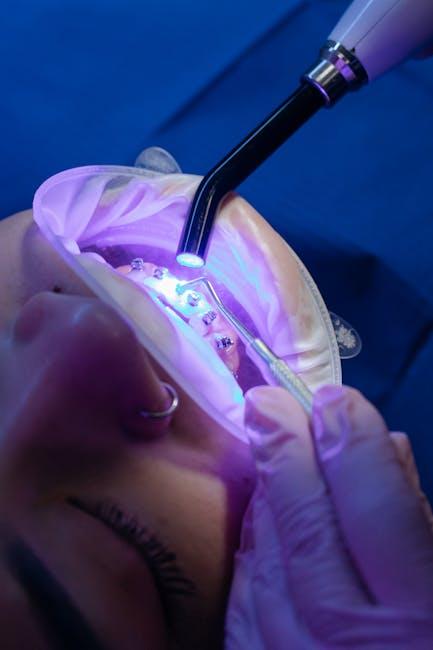
WVU Orthodontists Testing Innovative Technology for ‘Shape Memory’ Dental Aligners
Orthodontic treatment is on the verge of a significant breakthrough thanks to researchers and dentists at West Virginia University (WVU). The latest innovation in dental care involves the use of ‘shape memory’ dental aligners, a technology that promises to enhance teeth straightening procedures, making them faster and more comfortable for patients. This article will explore how WVU orthodontists are spearheading this cutting-edge technology, what shape memory dental aligners are, the benefits they bring, and what patients and practitioners can expect.
What Are ‘Shape Memory’ Dental Aligners?
Traditional clear aligners are custom-made plastic trays that gradually shift teeth into alignment. However, these aligners rely on a series of different trays changed every few weeks to achieve desired results. Shape memory dental aligners represent a technological breakthrough by incorporating shape memory polymers (SMPs). SMPs are specialized materials that can “remember” a certain shape and revert to it when triggered by a stimulus such as heat.
This means the dental aligners can adjust themselves dynamically to apply continuous and gentle pressure, potentially reducing the number of aligner sets and visits needed. It could revolutionize orthodontic care by streamlining the treatment process and improving patient comfort.
How WVU Orthodontists Are Leading the Innovation
WVU’s College of Dentistry has joined forces with material scientists and engineers to test these shape memory aligners. As part of ongoing clinical trials, WVU orthodontists are:
- Evaluating the accuracy of shape memory aligners in moving teeth compared to traditional methods
- Investigating patient comfort and acceptance of new materials
- Monitoring treatment times to determine potential acceleration in tooth movement
- Assessing the durability and safety of shape memory polymers in the oral environment
Early findings appear promising, suggesting this innovation may lead to more efficient and patient-friendly orthodontic treatments.
Benefits of Shape Memory Dental Aligners
Adopting shape memory technology in dental aligners offers several notable advantages:
- Fewer Aligners Required: Single aligners can make multiple incremental adjustments, reducing the number of aligners patients need to wear over months.
- Improved Comfort: Continuous, gentle pressure avoids sudden shifts, minimizing discomfort often associated with new trays.
- Reduced Treatment Time: More efficient force application may accelerate the teeth straightening process.
- Cost-Effectiveness: Fewer visits and aligners could potentially lower the cost of orthodontic care.
- Eco-Friendly: Less plastic usage means a smaller environmental footprint.
Practical Tips for Patients Considering Shape Memory Aligners
If you’re interested in exploring shape memory dental aligners when they become available, here are some helpful tips:
- Consult an Orthodontist: WVU orthodontists or certified specialists can evaluate if you’re a good candidate for this new technology.
- Maintain Oral Hygiene: Even with innovative devices, brushing and flossing remain critical to prevent gum issues during treatment.
- Follow Instructions Closely: Adjustments in aligner technology may come with new guidelines for wear and care. Always adhere to your specialist’s advice.
- Report Discomfort Promptly: Though shape memory aligners reduce discomfort, notify your orthodontist if you experience any excessive pain or issues.
Case Study: Early Success from WVU’s Clinical Trials
WVU recently shared preliminary data from a pilot group of 20 patients wearing shape memory dental aligners over 6 months:
| Parameter | Traditional Aligners | Shape Memory Aligners |
|---|---|---|
| Average Treatment Duration | 14 months | 10 months |
| Number of Aligners Used | 28 sets | 18 sets |
| Patient-Reported Comfort (1-10) | 6.5 | 8.3 |
| Compliance Rate | 85% | 90% |
These results reflect enhanced comfort, compliance, and a noticeable reduction in treatment time, heralding a promising future for shape memory dental aligners.
Firsthand Experience: What Patients Are Saying
Among the trial participants, many have shared encouraging feedback:
- “I barely noticed the aligner adjusting my teeth; it felt like a gentle nudge all day.” – Laura G.
- “Fewer appointments and aligners made the overall process much easier to handle.” – Mike T.
- “Better comfort means I was more consistent wearing the aligner, which helped my progress.” – Jasmine P.
Looking Ahead: The Future of Orthodontics With Shape Memory Technology
Shape memory dental aligners represent just the beginning of a new era in orthodontic innovation. As WVU orthodontists continue rigorous testing and refinement, the potential to transform teeth straightening is immense. We anticipate:
- Integration with 3D scanning and digital treatment planning for hyper-customized care
- Broader availability beyond clinical trials as the technology passes FDA clearances
- Potential applications in other dental appliances such as retainers and night guards
Patients eager for more comfortable, effective, and time-efficient orthodontic solutions may soon find shape memory aligners an excellent choice.
Conclusion
The exciting development of shape memory dental aligners by WVU orthodontists signals a breakthrough in dental care technology. Through innovative materials and forward-thinking clinical research, these new aligners offer a pathway to faster treatments, greater comfort, and fewer orthodontic appointments. Whether you’re someone considering teeth straightening or a dental professional seeking the latest advancements, keeping an eye on WVU’s pioneering work is essential for understanding the future of orthodontics. Stay tuned to My Buckhannon for updates on this and other local health innovations.


